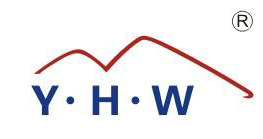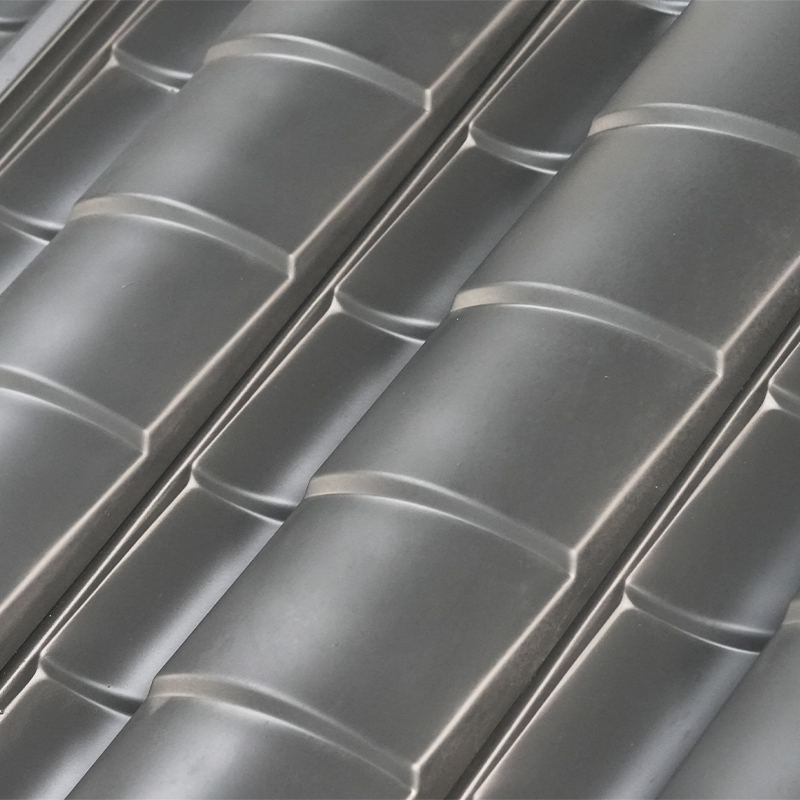The thickness and profile design of aluminum roofing sheets are two fundamental factors that directly influence their structural performance, including load-bearing capacity and resistance to wind uplift. Understanding how these parameters interact is crucial for architects, engineers, and builders aiming to optimize the durability, safety, and longevity of roofing systems in diverse environmental conditions.
Starting with thickness, aluminum roofing sheets typically range from 0.3 millimeters to 1.2 millimeters in thickness, with the specific gauge chosen based on structural requirements and intended application. Thicker sheets generally offer higher stiffness and strength, enabling them to bear greater loads, such as snow accumulation, maintenance personnel weight, or debris impact. The increased thickness reduces the likelihood of deformation under point loads or distributed weight, which is critical for maintaining the roof’s integrity and preventing leaks or structural failure.
However, increasing the thickness also leads to higher material costs and added weight, which can impact the supporting framework’s design and overall project budget. Aluminum’s inherent lightweight characteristic means even thicker sheets remain lighter than comparable steel roofing, but the balance between strength and weight must still be carefully evaluated.
The profile design—which refers to the shape, depth, spacing, and geometry of the corrugations, ribs, or trapezoidal patterns on the sheet—plays an equally vital role in performance. Profiles add structural rigidity by transforming a flat aluminum sheet into a shape that can resist bending and shear forces more effectively. Deeper and more closely spaced ribs typically enhance load-bearing capacity by increasing the moment of inertia, which improves resistance to deflection under vertical loads.
For example, a trapezoidal profile with deeper ribs can support higher snow loads and resist sagging over long spans better than a shallow, widely spaced corrugation. The profile design also affects how the sheet behaves under lateral forces such as wind uplift. Wind uplift generates suction forces that try to pull the roofing material away from the structure, especially at edges and corners. Profiles with higher ribs and interlocking seams provide greater mechanical interlock and increased surface area for fastening, which enhances resistance to these forces.

Moreover, certain profile geometries facilitate better drainage of rainwater, reducing the risk of water accumulation that adds weight and stress to the roof. Proper water drainage also mitigates corrosion risk, extending the service life of the aluminum sheets.
Another factor is the span length between supporting purlins or rafters. Thicker sheets and stiffer profiles allow for longer spans without excessive deflection, reducing the number of supporting elements required. This can translate into cost savings in the supporting structure and faster installation times. However, designers must ensure that the profile design and thickness together meet local building codes and wind load requirements, which vary depending on geographic location and exposure category.
In wind-prone regions, roofing systems must be engineered to withstand high uplift pressures. Here, the combination of sheet thickness and profile geometry dictates the number, type, and placement of fasteners, as well as the design of edge trims and flashings to prevent wind intrusion and material failure.
Lastly, aluminum roofing sheets are often paired with coatings or finishes that add minimal thickness but can influence flexibility and mechanical behavior. Therefore, the combined effect of sheet thickness, profile design, and coating must be considered holistically during product selection and structural analysis.
Thicker aluminum roofing sheets generally provide greater load-bearing capacity and stiffness but come at increased material weight and cost. Profile design amplifies structural performance by adding rigidity and improving resistance to bending and uplift forces. Together, these factors must be optimized based on the specific environmental loads, span requirements, and architectural considerations to ensure safe, durable, and cost-effective aluminum roofing systems.




 English
English русский
русский Español
Español عربى
عربى















